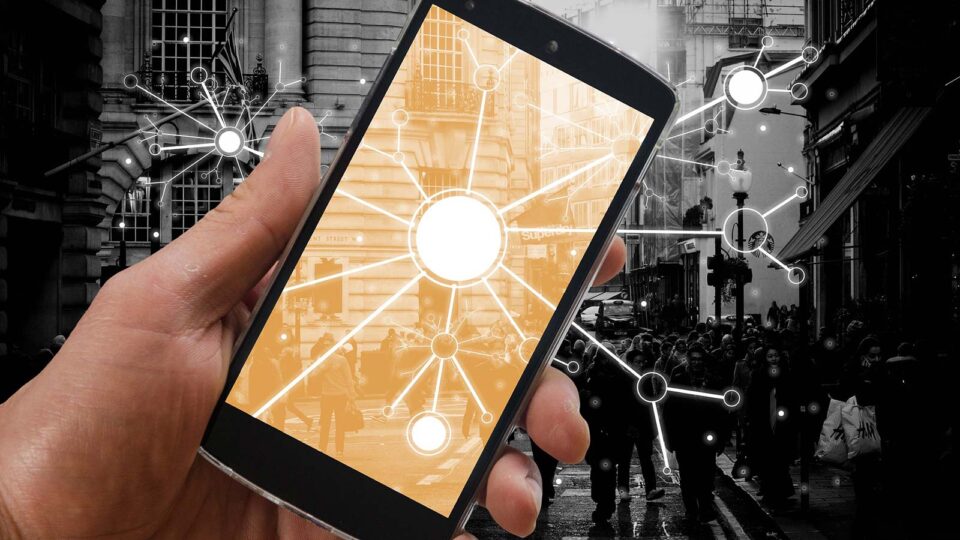Cybersecurity expert reveals how your computer can catch a virus and how to prevent it
The latest research by NordLocker reveals that, between 2018 and 2020, a Trojan virus infected 3.25 million Windows-based computers, getting access to nearly 26 million logins (emails or usernames accompanied by passwords), more than 2 billion cookies, and even 6.6 million files belonging to unaware users. The malware also took pictures using the webcams of the infected devices.
“This virus is just the tip of the iceberg, as computer users are exposed to thousands of different malware types every day,” explains Oliver Noble, a cybersecurity expert at NordLocker, a data protection solution. “An unimaginable amount of malicious code is compiled and sold on the dark web. Cybercriminals spread it and infect as many computers as possible in order to collect confidential data. That’s why users need to take precautions to protect their personal computers and everything on them.”
Recommended ITech News: Financial Services Firm Selects Edify for Cloud-native Contact Center and Unified Communications
How do you get a computer virus?
The expert explains some of the basic ways your computer can catch a virus.
Downloading illegal software. One of the most common ways to get a virus onto your machine is downloading pirated or cracked software. A few examples of such downloads are illegal Adobe Photoshop, a Windows cracking tool, or pirated games.
Clicking on suspicious links. Phishing emails and social media scams are among the most popular methods hackers use to target internet users.
Downloading shady attachments. Malicious viruses can slip into your device when you download mail or text message attachments from unknown senders. Usually, they are disguised as documents such as invoices in PDF or another e-file format.
Recommended ITech News: Cameyo Introduces Secure Cloud Tunneling to Further Reduce the Attack Surface for Remote & Hybrid Work Without VPNs
Inserting unknown CDs and USB drives into your computer. Using removable media, especially if it belongs to someone else, to transfer files onto your computer can pose risks as it may be infected and spread a virus to the devices it gets attached to.
How to avoid computer viruses?
Oliver Noble from NordLocker says that having the right mindset is the first step towards security and privacy. That means staying alert both online and while working on a computer offline. Other key elements that help protect your devices from viruses are listed below.
- Antivirus software is still one of the most reliable tools protecting your system from malware, so have it installed on your computer.
- Always verify the sender of an email and its contents before clicking on any links inside.
- Never download attachments included within an email if you were not expecting to receive them.
- Make sure to only acquire software from official websites or other reputable sources.
- To protect your sensitive files stored on the computer from viruses, start encrypting them. Encryption software turns your data into uncrackable codes that even skilled hackers can’t read.
Recommended ITech News: Inspur Surges To #1 in Enterprise SSD Storage Performance, Topping Huawei and Fujitsu


